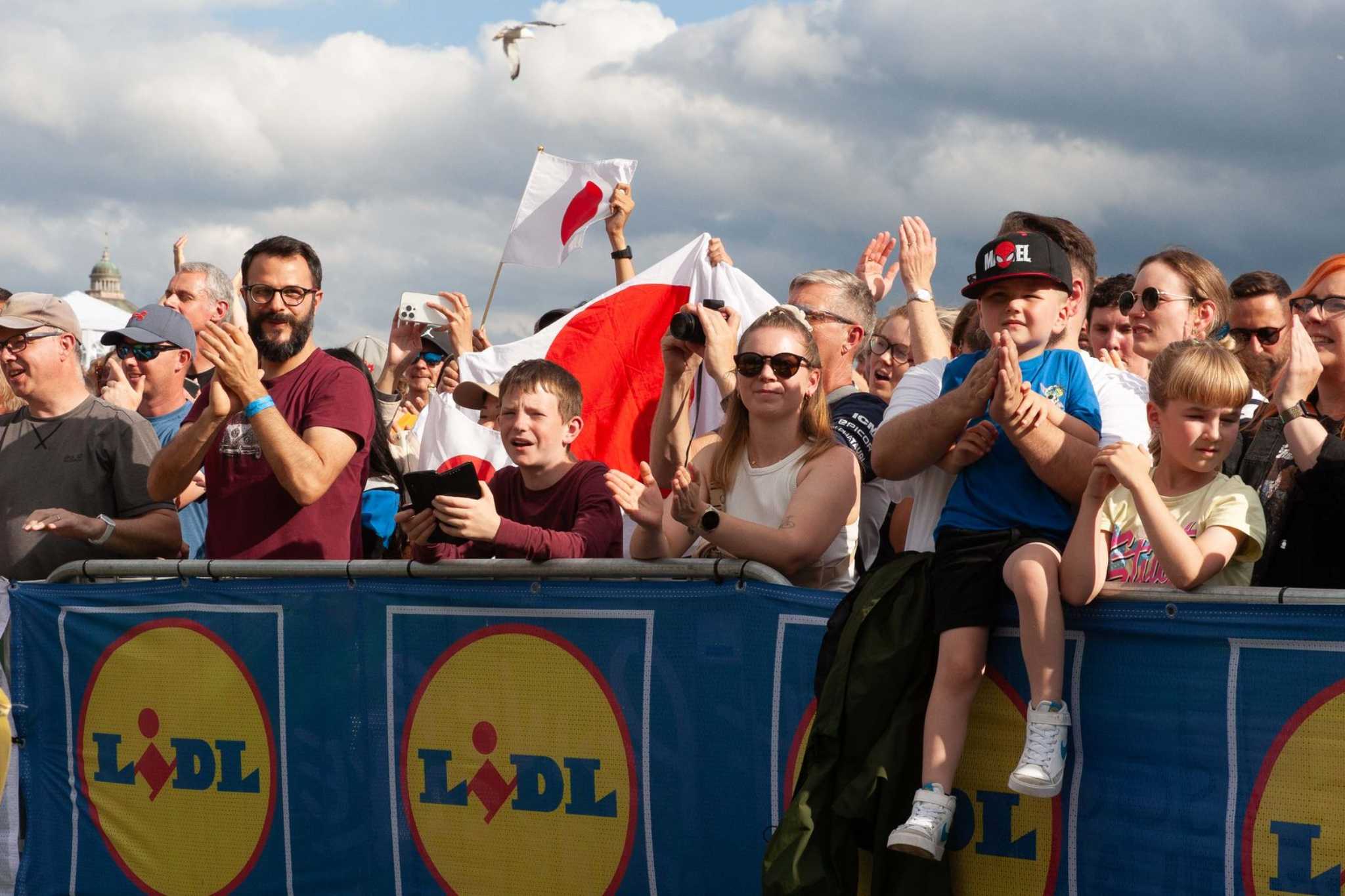It’s important to focus your marketing efforts strategically – having primary and secondary target audiences will help you shape your marketing efforts and budget. You will likely have better success this way than just trying to attract everyone.
Your primary audience is people whose demographic, geography, behaviours and interests very clearly align with your event.
Example of primary audience for a local literary festival
- 25-to-50-year-olds from your local area
- people who have purchased tickets before
- people who have a passion for reading, who are eager to engage with authors, discover new books, are interested in literature talks and events, storytelling and learning
Your secondary audience is people who match some of the same traits as your primary audience or overlap in some way but perhaps haven’t attended or engaged with your event in the past.
Example of secondary audience
- people within the same age group as your main audience in your wider regional area
- people who have the same interests as your main audience ie cinema or broader cultural interests
- people who are from outside your local area but have an interest in literature or broader cultural offerings
- visitors to the area looking for memorable experiences unique to the location
It is important to remember that the characteristics of your primary and secondary audiences might grow and change over time as your event develops.


